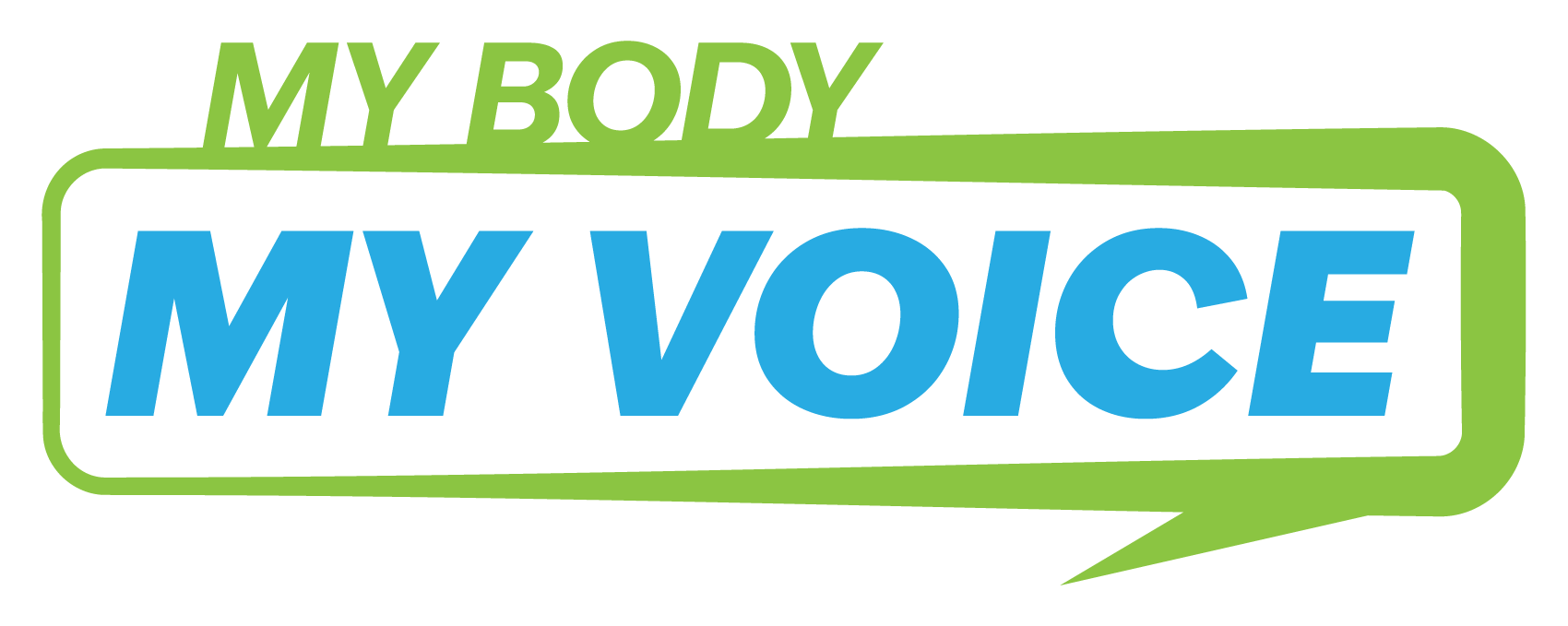The abortion industry relies on a singular, largely unchallenged narrative: that abortion is a clean, definitive solution to an unwanted pregnancy. It’s presented as routine, private, and free of lasting consequences.
But that narrative collapses under the weight of one reality: abortion survivors.
These are individuals who were meant to be aborted but lived. Their existence isn’t hypothetical—it’s documented and undeniable. And it raises uncomfortable questions: If a child can survive an abortion, what exactly was happening moments before?
Survivors force a shift in the conversation—from privacy to personhood, from procedure to survival. And for an industry built on control of the narrative, that shift is a serious threat. Acknowledging survivors doesn’t just complicate the story. It exposes the cracks in the foundation.
But what happens when the “private medical decision” leaves behind a survivor? Where does the narrative go when the intended outcome fails—and someone lives to tell the story?
Abortion survivors don’t just complicate the rhetoric; they dismantle it. Their existence turns slogans into questions and raises the one truth the industry can’t afford to confront: If a child can survive an abortion, what exactly was being done to them in the first place?
The Inconvenient Truth
The abortion industry wants you to believe survivors don’t exist. But they do, in numbers too large to dismiss.
Organizations like the Abortion Survivors Network have documented thousands of cases where individuals survived abortion attempts. These are not abstract ideas or hypotheticals—they are people with names, birthdays, and medical records. Melissa Ohden. Claire Culwell. Josiah Presley. They all survived procedures meant to end their lives. Their stories expose the uncomfortable reality that abortion can fail, and when it does, a living, breathing human being is left behind.
These cases challenge the idea that abortion is merely a medical decision about a woman’s body. If survivors exist, the conversation must shift. If a life continues after a failed abortion, then what was that life before the attempt?
Silencing the Survivors
Why does the abortion industry pretend survivors don’t exist? Because to admit they do would be to admit that abortion has unintended outcomes—outcomes that contradict the sanitized version presented to the public. Acknowledging survivors risks unraveling decades of carefully curated messaging. It would raise questions the industry doesn’t want to answer: What rights does a baby have if it survives? What protocols are in place when an abortion fails? And most chilling of all—what happens next?
Rather than face these questions, the response is strategic silence. Survivors are dismissed, ignored, or discredited. Their existence is politically inconvenient. But truth has a way of breaking through.
The Power of Story
Survivors don’t need to make a case. Their existence speaks for itself. Personal stories have a way of breaking through where statistics and debates fall flat. They reveal the human cost behind abstract policy and rhetoric.
On MyBody-MyVoice.org, abortion survivors share their experiences in their own words. These aren’t hypothetical scenarios—they’re detailed accounts of people who were expected not to live, but did. Their stories add dimension and depth to a topic that is often kept deliberately shallow.
If you are a survivor of an abortion attempt, your experience matters. It has the power to inform, to challenge assumptions, and to show others what’s often left out of the conversation. You’re not alone—and your voice can contribute to a more honest understanding of what abortion involves.
You can share your story at mybody-myvoice.org/share-my-story.
The industry relies on silence to survive. When you speak, you expose what it works hardest to hide—and that kind of truth can save lives.

